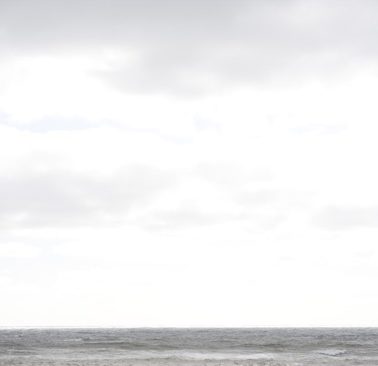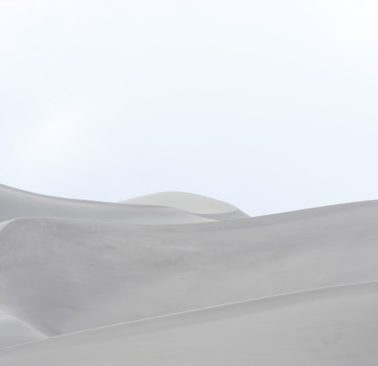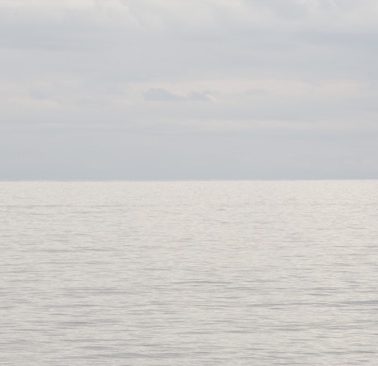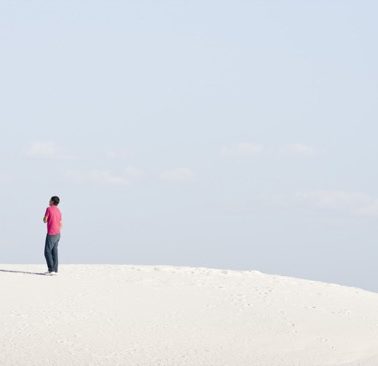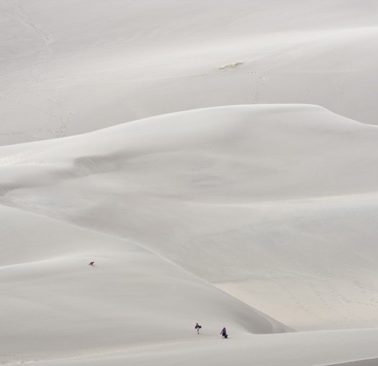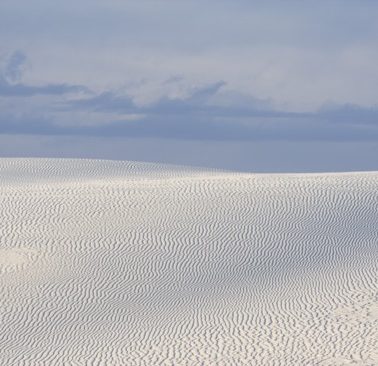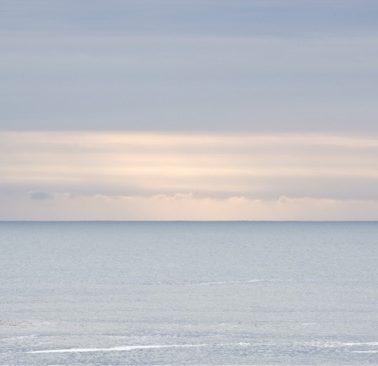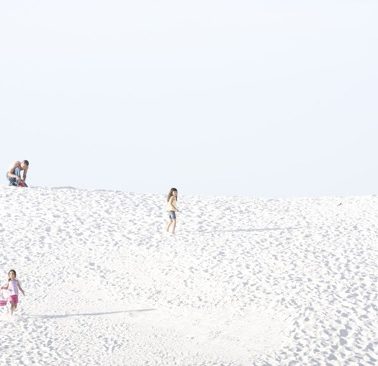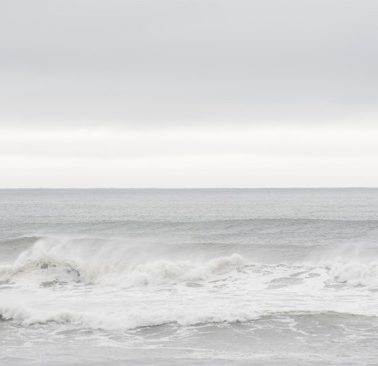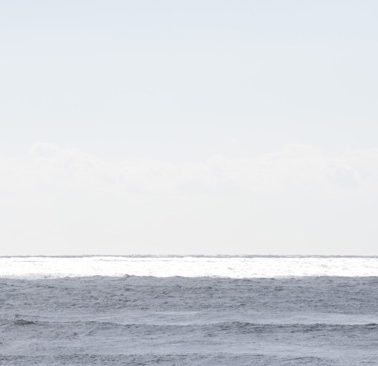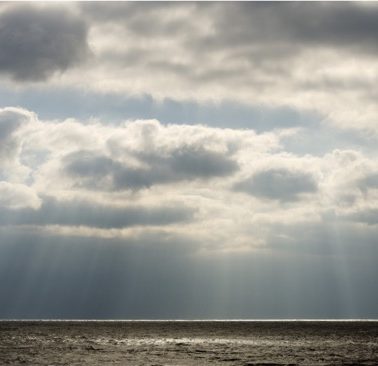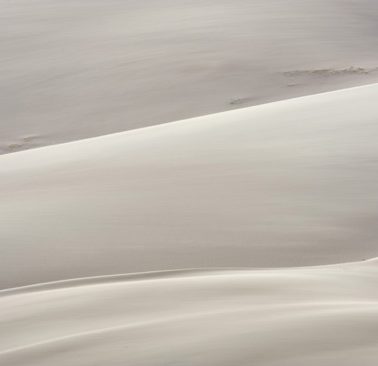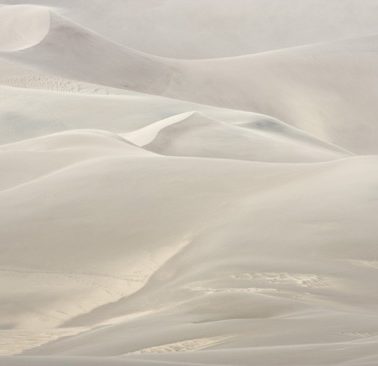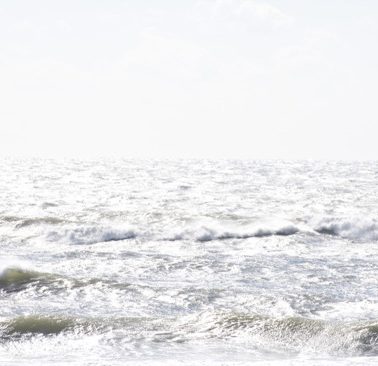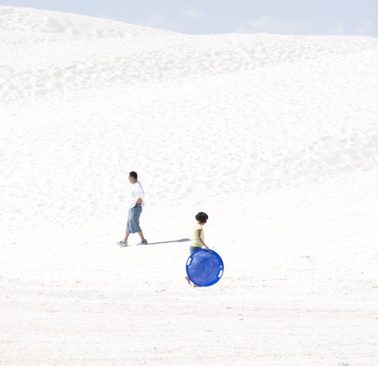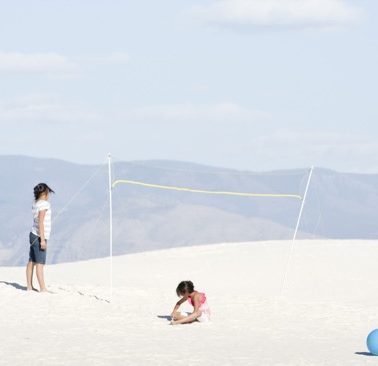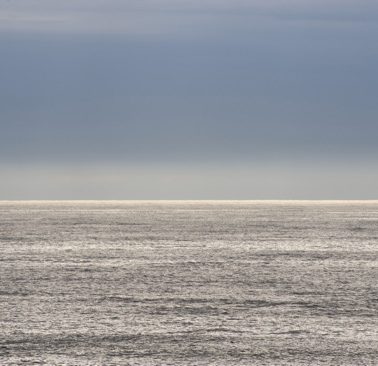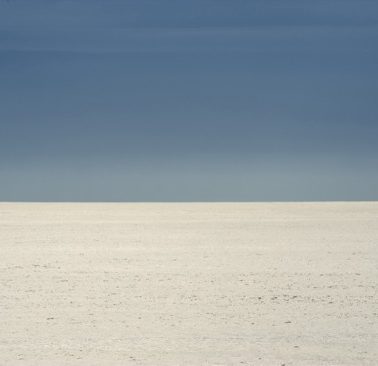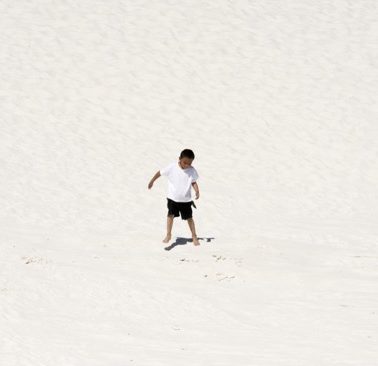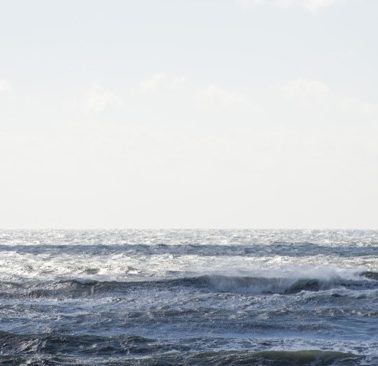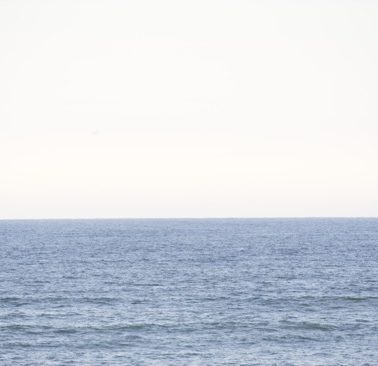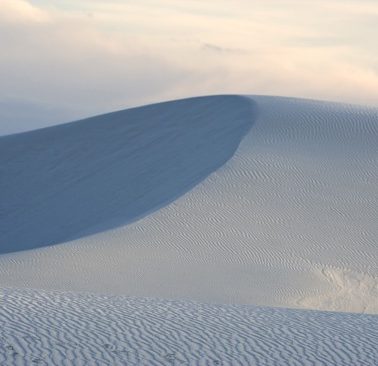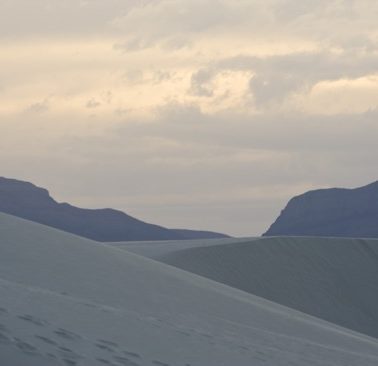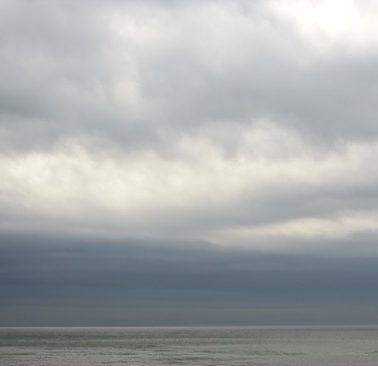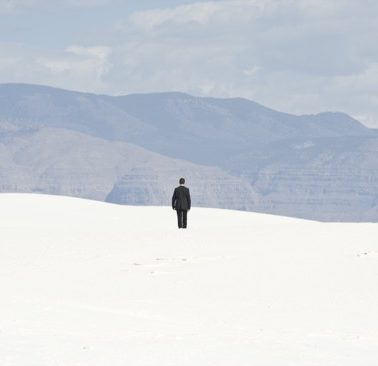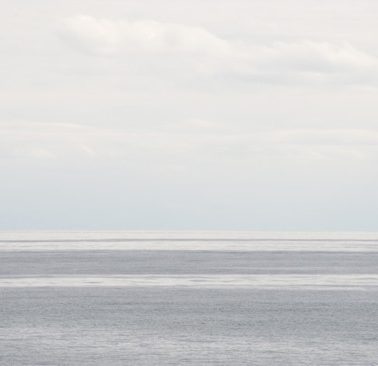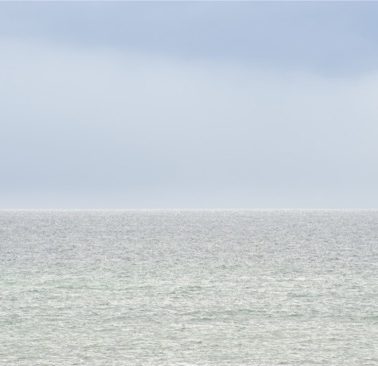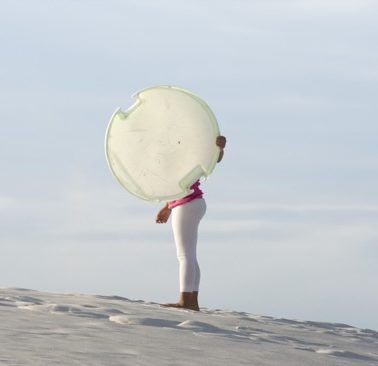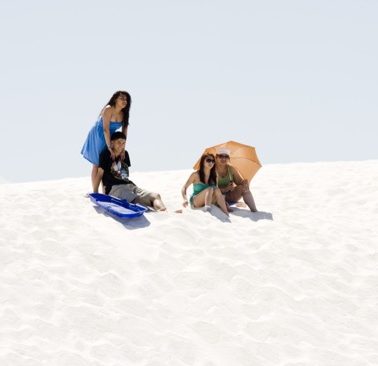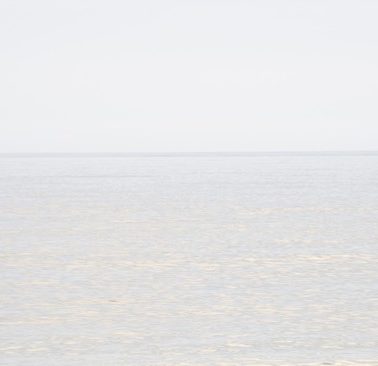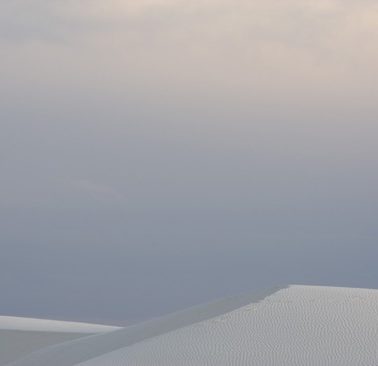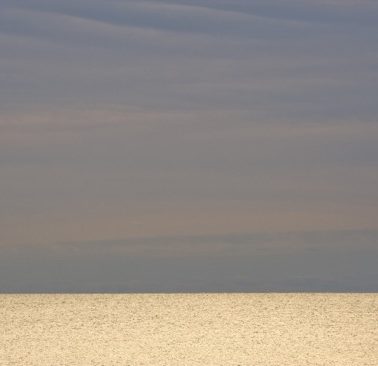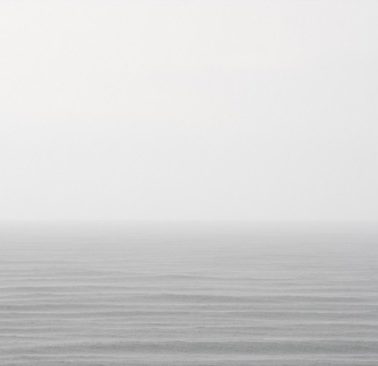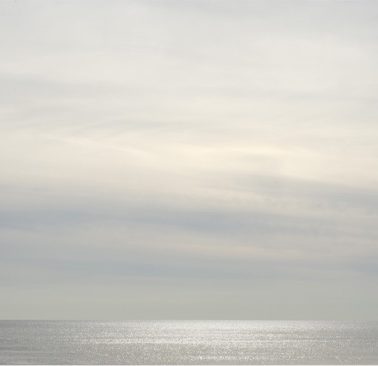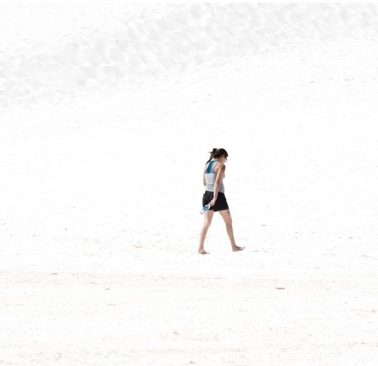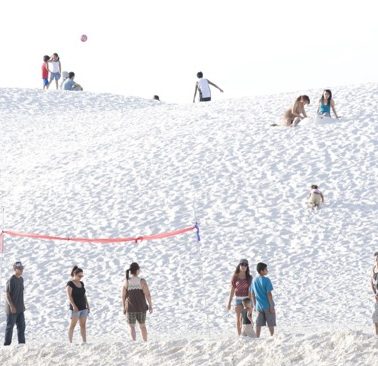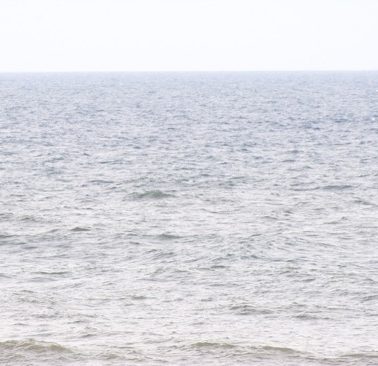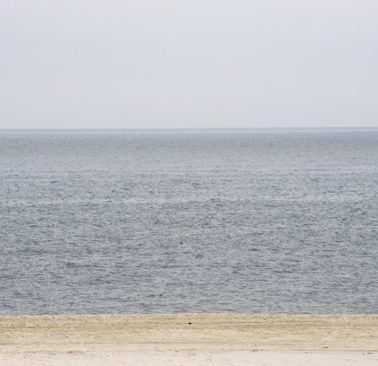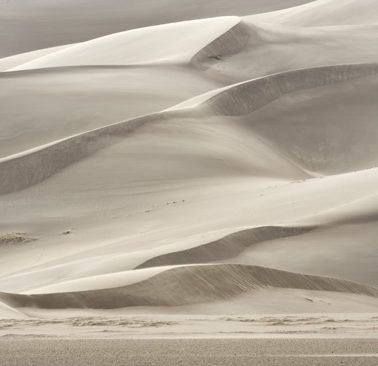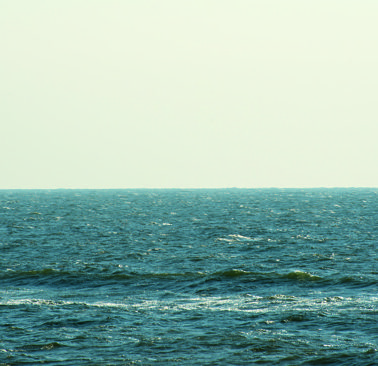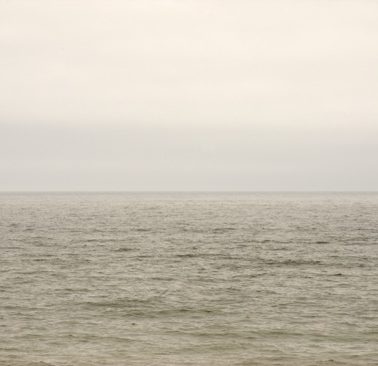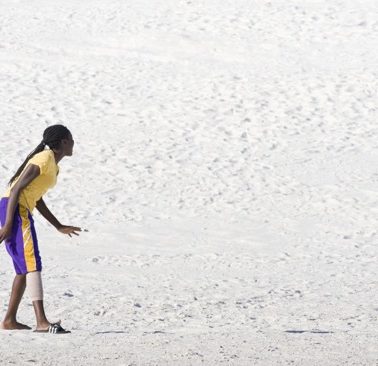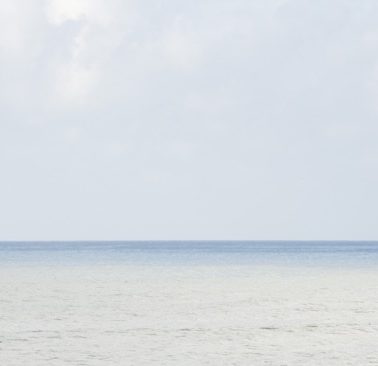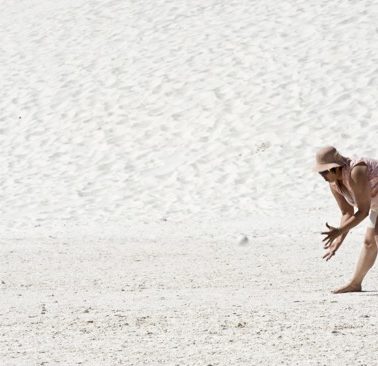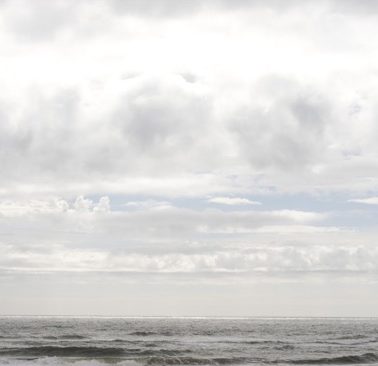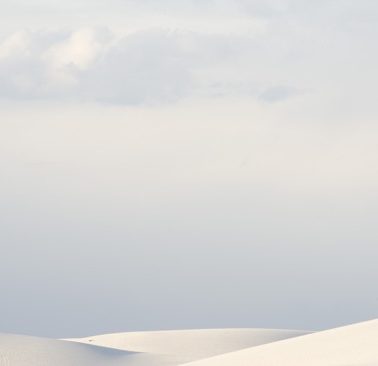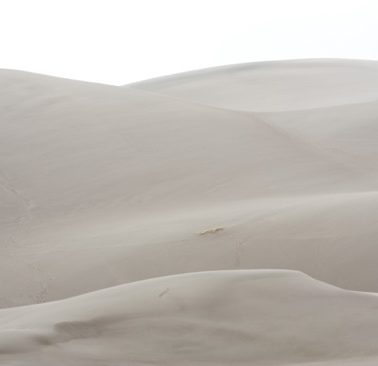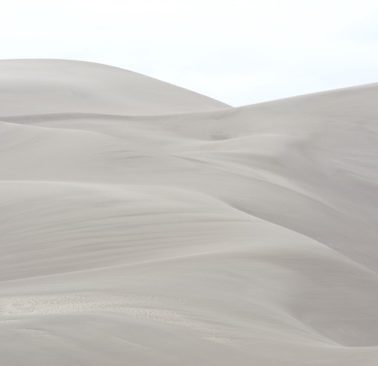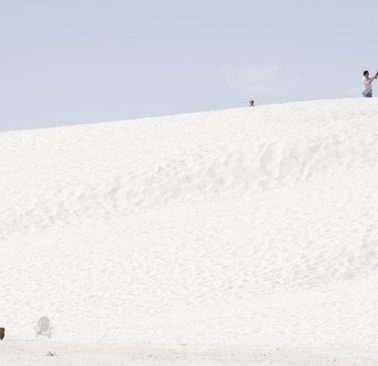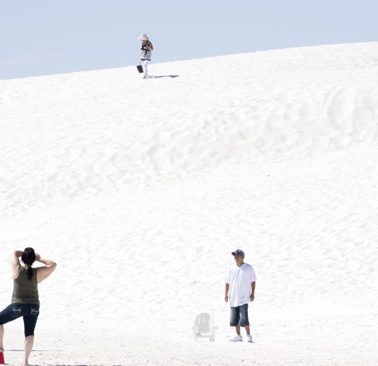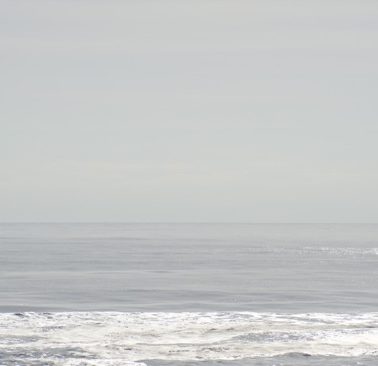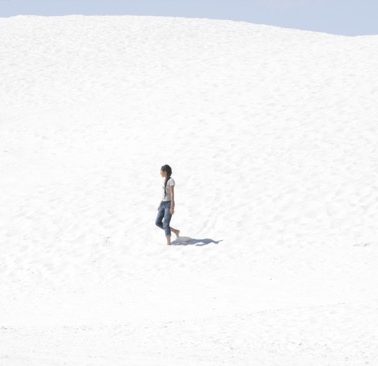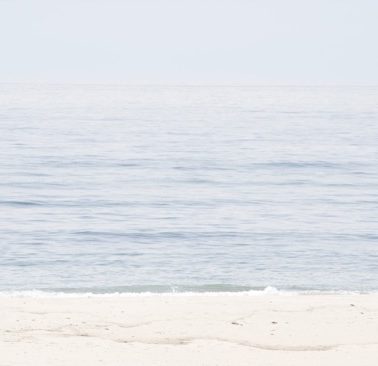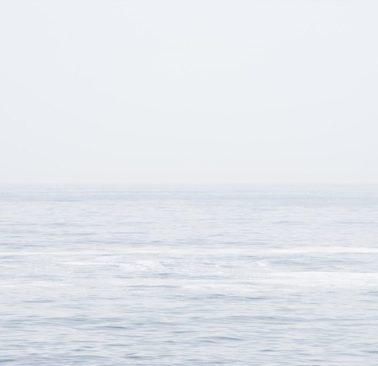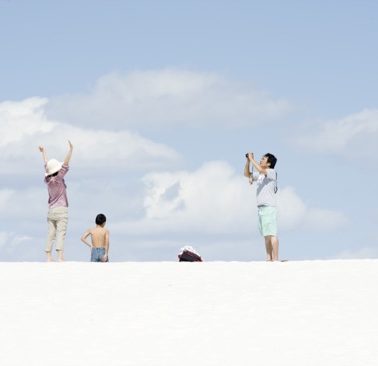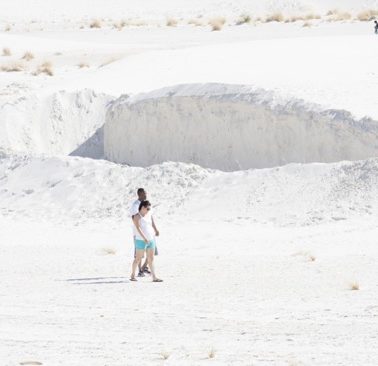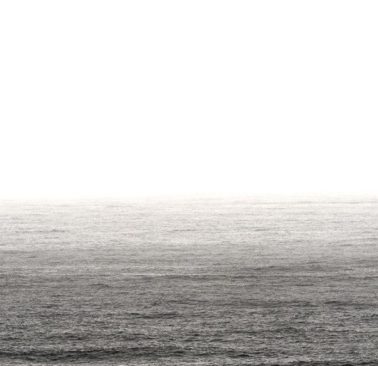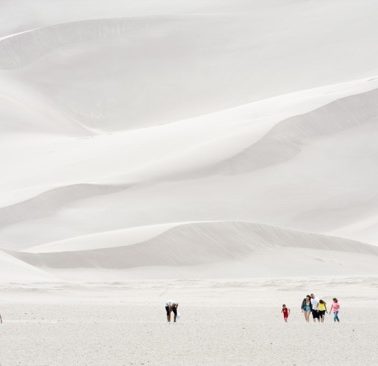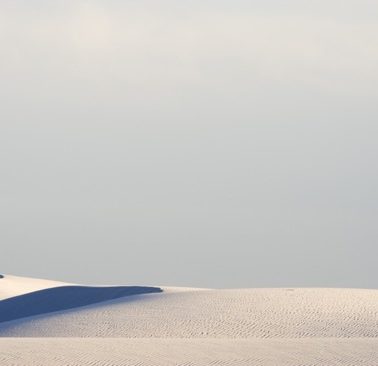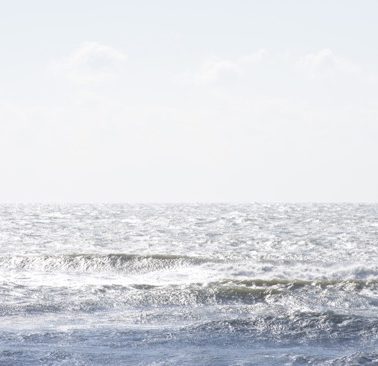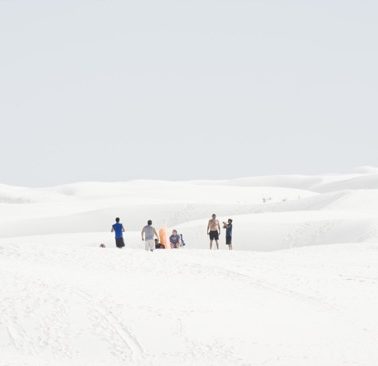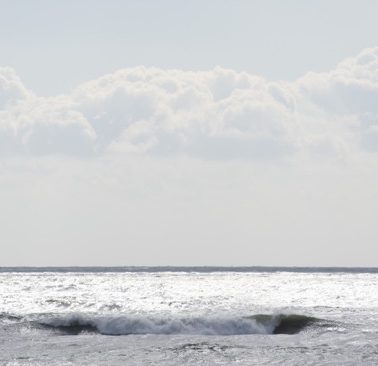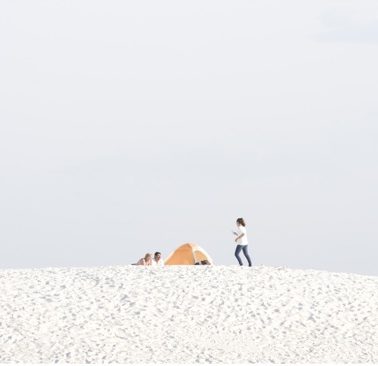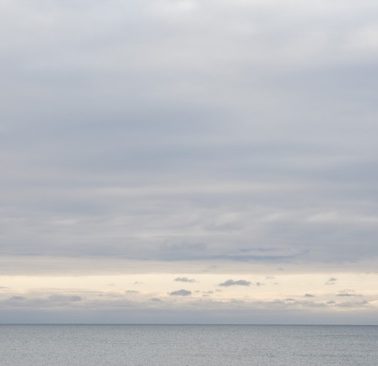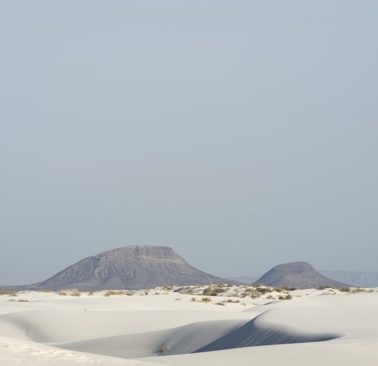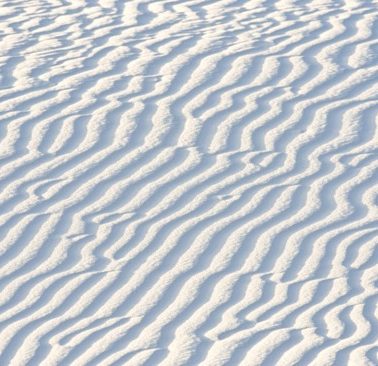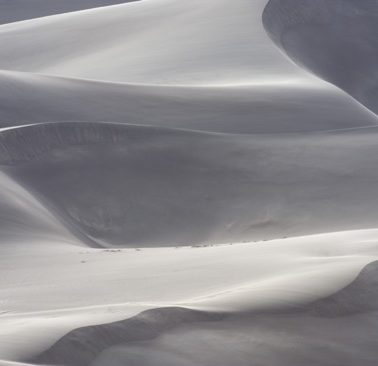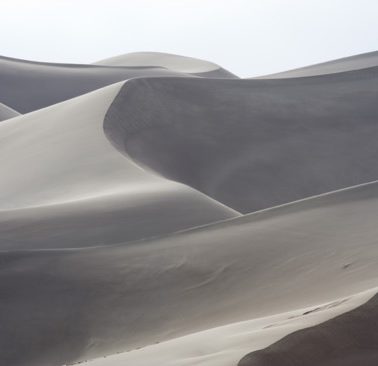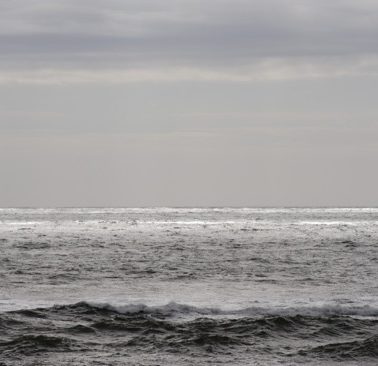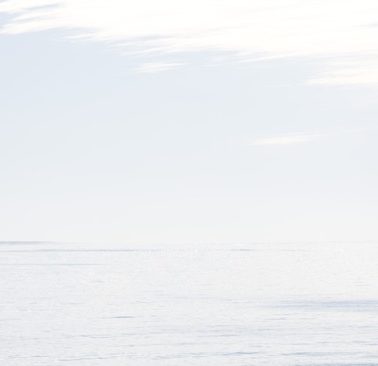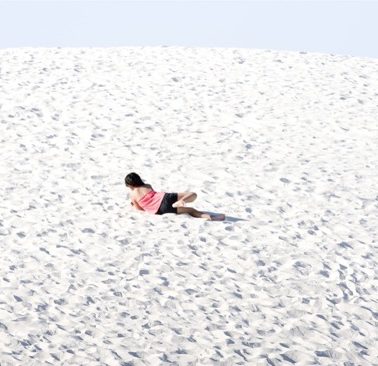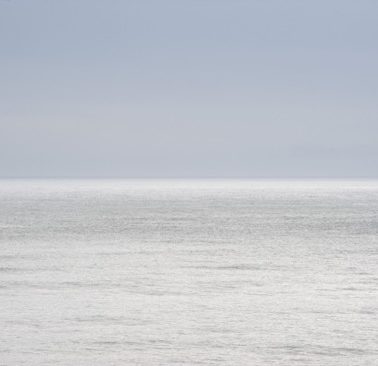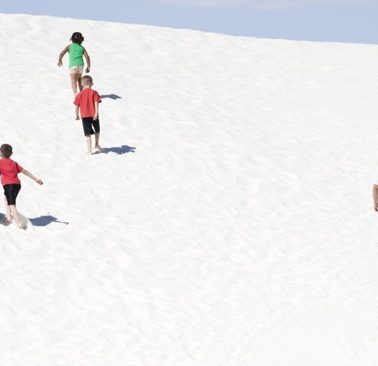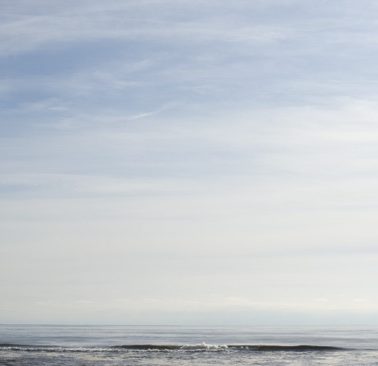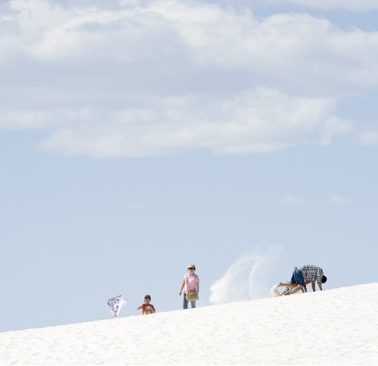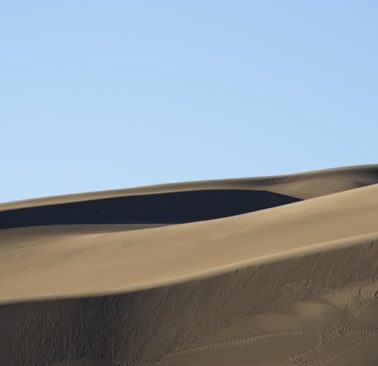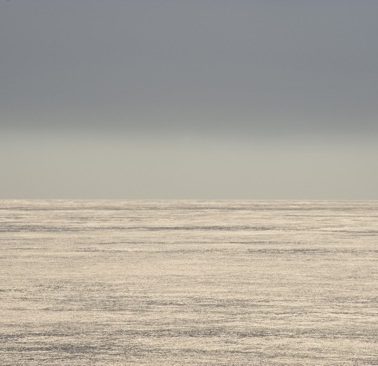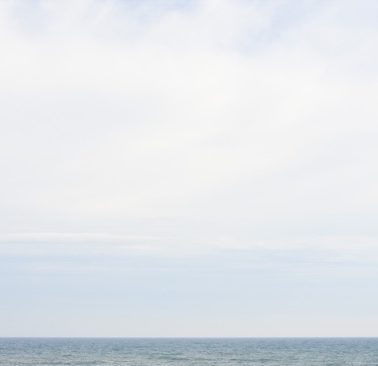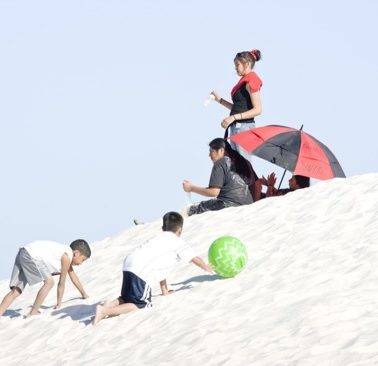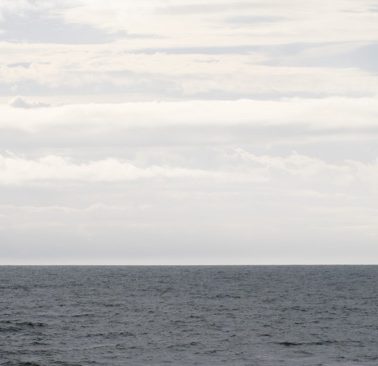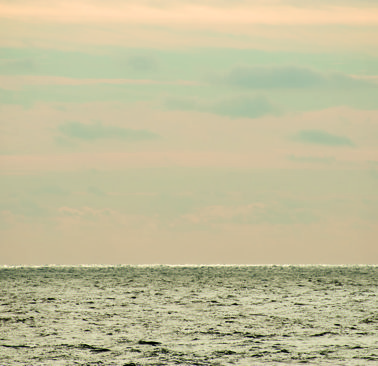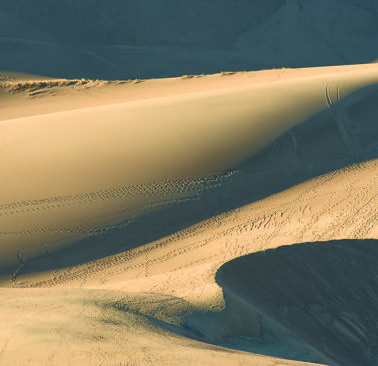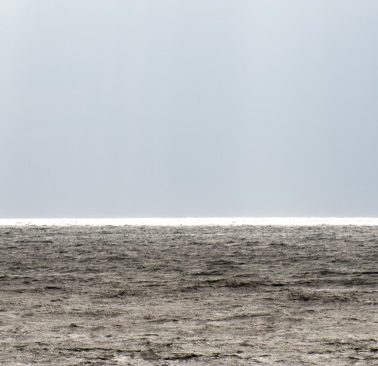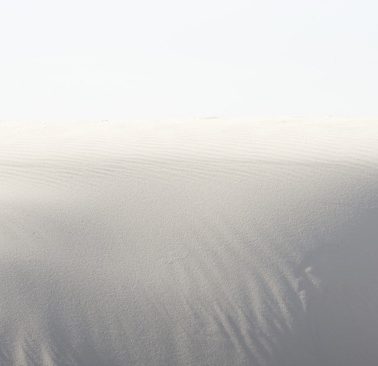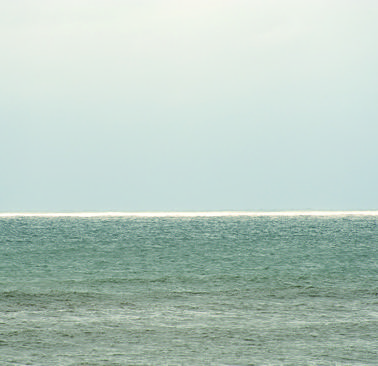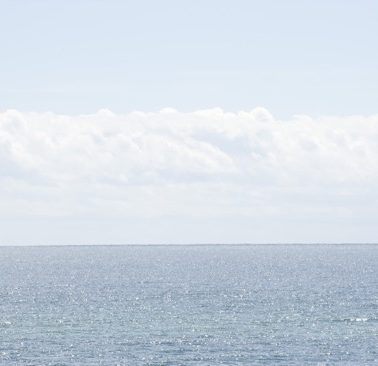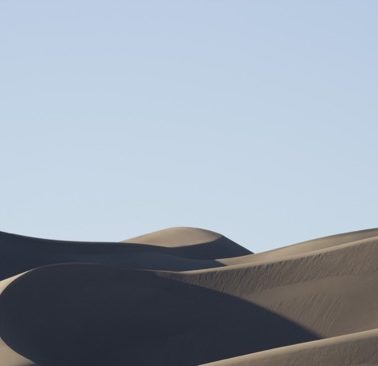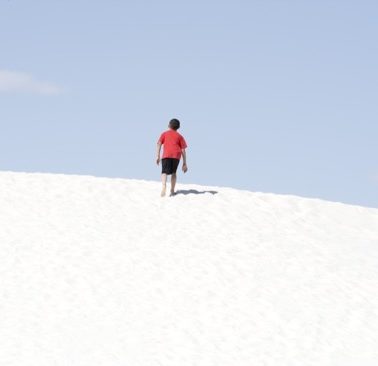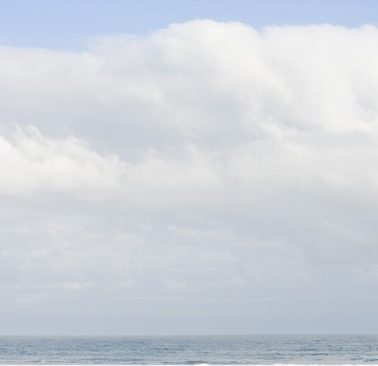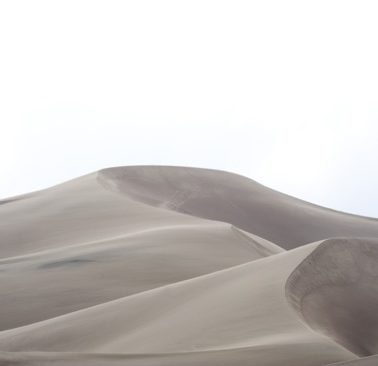Limited edition prints
Image size:
28 x 42 edition 10
40 x 60 edition 5
58 x 87 edition 3
For paper size, add 2″ around image
Archival pigment prints
USA
Visit Adamson Gallery, Washington, D.C.
Visit Chiaroscuro Contemporary Art, Santa Fe, NM
Europe
Visit Robert Morat Galerie, Berlin, Germany
The Book: Ocean | Desert
The Illusion of Separateness
Janet Dees
Essay for the book (Radius Books), and large-scale photo installation by Renate Aller, Ocean | Desert.
Renate Aller is not only an artist whose work I admire and find inspiring, she is also a dear friend. Last year, she introduced me to the book The Illusion of Separateness by Simon Van Booy. This beautiful novel, by another gifted artist and thinker, poetically explores several characters whose lives seem so far apart from one another but, we discover as their stories unfold, are interconnected in very meaningful ways. Van Booy traces the profound impact that small gestures, perhaps long forgotten by one character, have had on the life of another, revealing core connections between seemingly disparate people.
In a similar way, with Ocean|Desert, Aller explores the illusion of separateness between two “landscapes”—the ocean and the desert. The ocean as experienced from Long Island’s southern shore and the sand dunes of New Mexico and Colorado are locations that lie thousands of miles apart, but for Aller are intimately connected. Through the juxtaposition of photographs from each of these locales, Aller invites us to meditate on the relationship between these two distant landscapes. This project is the latest manifestation of Aller’s continued interest in Romanticism, memory, and landscape. As Aller describes, she has “ always [been] fascinated by the phenomenon of the oceans and deserts/sand dunes, an intimate relationship that is based not on proximity but on shared history. They both carry each other’s memory…. Both the ocean and the sand have trace minerals that are all-present and carry an ancient memory, the oldest memory there is.”
For Ocean|Desert, Aller draws from two bodies of photographs. Since 1999 Aller has photographed the view of the Atlantic Ocean from the same vantage point on Long Island’s east end. These painterly photographs capture the effects of changes in weather and light in compositions imbued with complexity. This dedication to repeated and engaged viewing has been compared to Monet’s studies of the cathedral at Rouen. The Romantic view of the landscape evoked by these photographs has earned them comparisons with work of the nineteenth-century German painter Caspar David Friedrich, whom Aller has cited as an influence. More recently, Aller began visiting the White Sands dunes in New Mexico and the Great Sand Dunes in Colorado, and created a body of photographs taken over the course of five visits to these sites between 2011 and 2013. Aller’s painterly approach is evident in this body of work as well, as she luxuriates over the complex textures and intricate details of these desert landscapes.
Ocean|Desert builds upon strategies that Aller has employed in other bodies of work. The idea of continued engagement with the same landscape that is at the core of the oceanscapes series, informs the these new photographs. In dicotyledon (2012), a parallel project to oceanscapes, Aller began experimenting with pairing photographs of different types. In this series, portraits of humans and animals situated in the landscape are paired with oceanscapes or rich details of water, land, and flora. The choice of the name dicotyledon for the series has important philosophical implications. Aller states that “the term refers to a plant that has a pair of leaves within the embryo of the same seed.” It is not just about the bringing together of two things, but about two things that share an originary connection. This idea of reuniting two entities that share an origin informs the Ocean|Desert project as well.
As with dicotyledon, the figure enters into the Desert photographs. In dicotyledon the figures are frontal and occupy a large percentage of the picture plane. In contrast, the figures in the Desert series appear with their backs turned to us, or looking off into the distance, and are decidedly figures within the landscape. Their activities in the sand dunes signify a comfortableness in and ownership of the space, while compositionally the figures’ arrangements underscore the vastness of the landscape. This is heightened in the images from White Sands, where the stark-white gypsum-infused sand creates an effect that is ethereal, surreal, and disconcerting all at once. A productive tension is created between the intimate and the sublime.
In a way, Ocean|Desert is visual argument, however poetic, for recuperating the presence of the ocean in the desert and vice versa. Many of the spreads in this book deliberately blur the lines between the desert and ocean and prompt us to question our assumptions about our understanding of these landscapes. Two of Aller’s trips to White Sands took place on Easter Sunday, a time when local New Mexican families inhabit the site as a place of recreation and engage in activities similar to those performed on beaches near the ocean. In some pairings, the dappling of light across the dunes mimics the undulation of the ocean’s waves. In others, we are not sure if we are encountering two photographs from the same locale, or one from the desert and one from ocean.
As with other works of art, the photograph is an invitation to the viewer to focus on something that the artist deems important. Inherent in the photographic process is a thoughtful selection of what is before the camera and a careful framing of the subject. If part of the creation of a single photograph is the process of framing, the arrangement of photographs within this book, both their juxtaposition within spreads, and the consecutive sequencing of these spreads, can be thought of as a reframing. This reframing serves to highlight different aspects of these compositions than what one might notice if they were experienced individually. Through the form of the book, a unique conceptual experience is created, and like the photographs contained within it, this book has its own visual rhythm.
In his 1869 volume Culture and Anarchy, English poet and critic Matthew Arnold, defending the purpose of art, stated that “art is the criticism of life.” Revisiting Arnold’s volume almost 140 years later, philosopher Alain de Botton further explicates this idea by commented that for artists “embedded in their work, there [is] an impulse to correct the viewer’s insight or teach him to perceive beauty,…to reanimate his sensitivities, to nurture his capacity for empathy…. [Artists] act as guides to a truer, more judicious, more intelligent understanding of the world.” De Botton’s analysis came to mind as I was pondering Aller’s new body of work. Ocean|Desert implores us to “perceive beauty” in these landscapes, but it also subtly calls for much more. What that “much more” is will differ from viewer to viewer. For me, the “much more” involves a recuperation of the ocean’s and desert’s shared memory, a reminder to dispel the illusion of separateness in other aspects of life, to reach a “more intelligent understanding of the world.”
The Illusion of Separateness © 2014 Janet Dees
